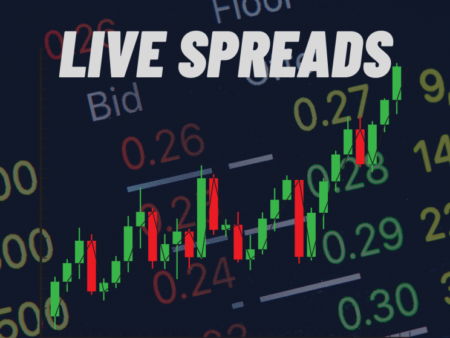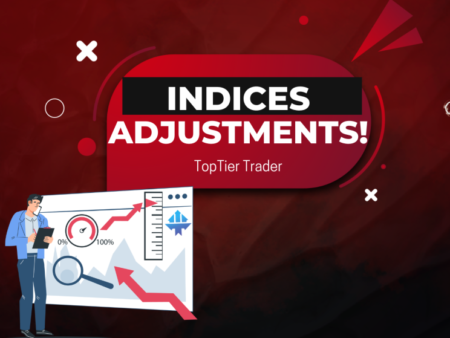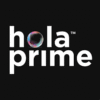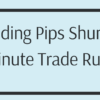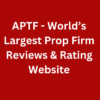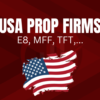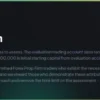Analyzing the differences and similarities between Finotive Funding and FundedNext (Stellar) is key for traders in choosing the right proprietary trading firm. This comprehensive comparison focuses on each firm’s unique trading objectives and policies.
Detailed Comparison of Trading Objectives
Here’s an in-depth overview of the trading objectives for Finotive Funding and FundedNext (Stellar):
- Phase 1 Profit Target: Finotive Funding sets a 7.5% target, whereas FundedNext (Stellar) requires 10%.
- Phase 2 Profit Target: Both firms aim for a 5% target.
- Maximum Daily Loss: A consistent 5% limit is set by both firms.
- Total Maximum Loss: Each maintains a 10% cap.
- Minimum Trading Days: Finotive Funding does not impose a minimum, while FundedNext requires 5 calendar days.
- Maximum Trading Period: Unlimited trading periods in both phases are offered by each firm.
- Profit Split: Finotive Funding offers between 75% to 95%, compared to FundedNext’s 80% to 90%.
Finotive Funding distinguishes itself with a variety of funding programs and more relaxed trading rules, offering unique advantages:
- Variety of Funding Programs: Including two-step evaluation, instant funding, and one-step evaluation, Finotive Funding caters to diverse trader needs.
- Instant Funding Programs: These programs offer standard and aggressive options with tailored loss rules, no profit targets for weekly splits, and a scaling plan.
- One-Step Evaluation Program: This requires completing one phase with a 10% profit target, 4% maximum daily, and 7.5% maximum loss, plus the advantage of no trading day limits and a scaling plan.
- Relaxed Trading Rules: Finotive Funding offers more lenient conditions such as lower Phase 1 profit targets and no time limitations, appealing to a range of experience levels.
In summary, Finotive Funding’s diverse funding options, relaxed rules, and flexibility make it a standout choice in the prop firm landscape, catering to a wide variety of trader preferences and styles.
